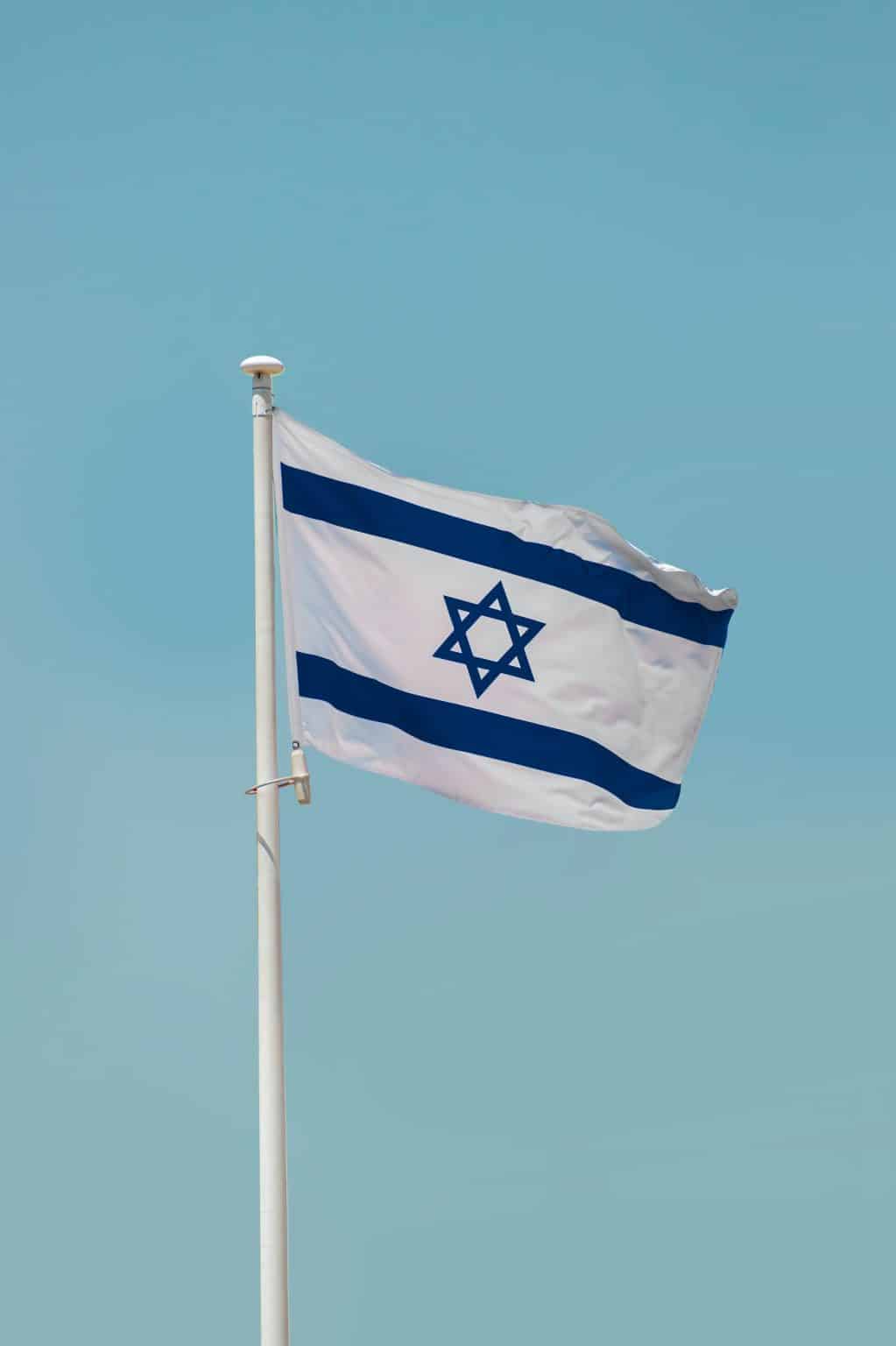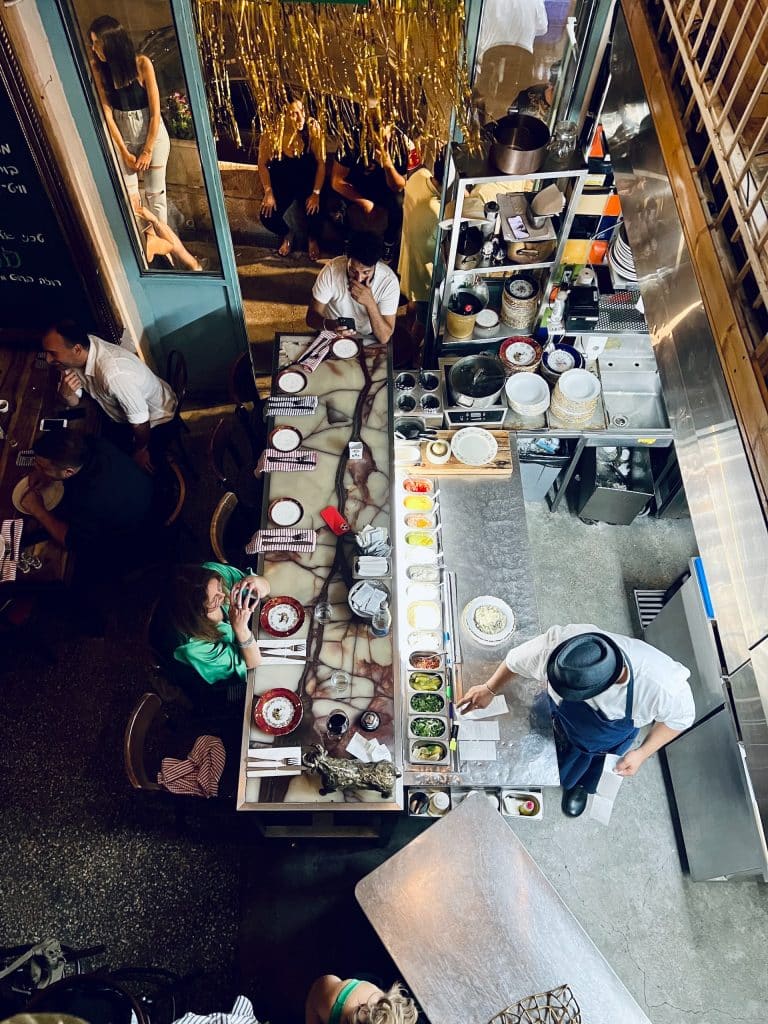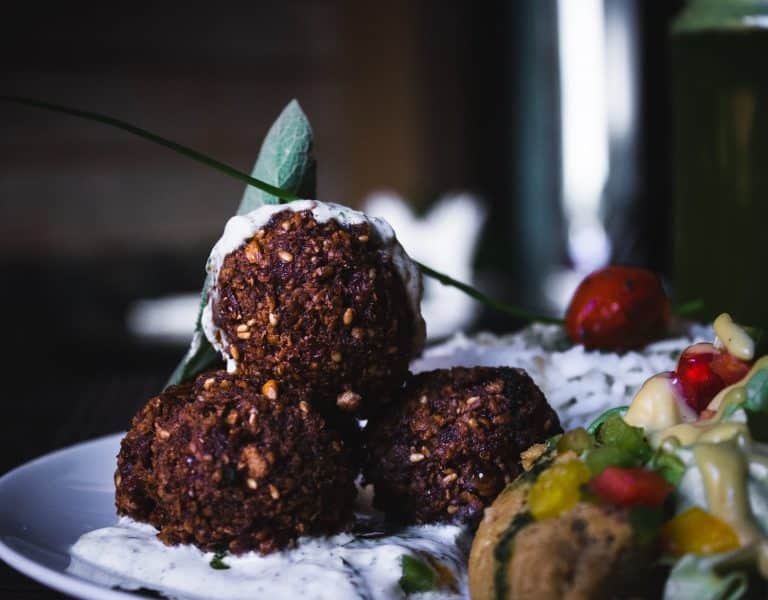As one of the most popular and beloved kinds of Israeli food, along with Falafel, Sabich, shakshuka, and others, hummus is a must-try dish during your trip to Israel, as the great creamy, flavorful dish is a local favorite that you can find almost anywhere in the country. Here is our guide for the foodies looking to try Hummus in Israel, with all of the best hummus restaurants in the country.
The Origin of Hummus
Hummus has been eaten in the Middle East since very ancient times. Evidence from ancient Egypt indicates that chickpea grains were used as early as the fifth millennium BC. Islamic traditions claim that it was Saladin who invented hummus as it is served today (ground chickpea grains with the addition of tahini).
However, no written evidence describes foods containing ground chickpea grains with tahini before the Abbasid period in Egypt (13th century). In this period, “hummus bi tahini” was known as a very popular dish described – A combination of ground grains with tahini, which is very similar to most kinds of hummus in Israel.
Today, hummus in Israel is served in a variety of ways. Here are some of the most popular among them:
- “Gargerim” hummus – served with hot hummus grains.
- Hummus with tahini – served with a dish of tahini with spices on top of the hummus.
- Broad beans – served with boiled broad beans, usually served hot (also known locally as half-half ).
- Masbacha/Meshwsha – cooked hummus grains served whole, mixed with tahini, spices, and usually a spicy sauce based on hot peppers
How to eat Hummus in Israel
While there are several ways to eat Israeli hummus, it is most commonly served as a main dish, alongside pita bread, onion, and pickles. The traditional Israeli way of eating hummus, is by taking a slice of pita bread, and dipping it inside the hummus, in an action known locally as “wiping”. Others also like using onion slices as spoons, as they dip them inside the hummus and then eat them.
Best Hummus restaurants in Israel
Hummus Pail Gobran – Horfesh
Gobran opened this legendary hummus place almost 20 years ago, at the end of a long career as a private investigator. It is located on the main street of the village of Horfesh in the Golan Heights in a building with wood cladding that looks like a guesthouse from the outside.
Gobran prepares the hummus and serves it by himself, and his wife prepares great grape leaves and cabbage leaves stuffed with rice – delicate, homemade, and wonderful by themselves, just like the hummus. Gobran’s hummus is perfect for breakfast because it is relatively light and has delicate flavors, of the kind that is hard to resist even after you are completely full. The smooth and airy texture, the addition of the garlic-lemon sauce, the pickles, and the great use of spices all make Gobran’s dish the best hummus in the region. In addition to the regular hummus, the menu also has mashwasha, and a finely chopped fresh vegetable salad.
Abu Shaker – Haifa
Abu Shaker is not just a regular hummus, but a Haifa landmark whose name resonates even outside the city limits. The highlight of the place is the blender that stands right at the entrance to the place and grounds the chickpeas with a deafening noise upon ordering. Along with the grainy hummus with the dominant flavor, each table receives a special side dish that has become another symbol of the Abu Shaker – Shulbato dish – a red mountain of soft bulgur grains seasoned with paprika and red peppers.
Abu Hassan – Jaffa
Hummus Abu Hassan in Jaffa is one of the most popular and successful hummus restaurants in Israel, drawing visitors from all over the country. Abu Hassan’s Masbacha is especially known as the best in the country and has a loyal fanbase who see it as nothing less than food for the gods. It is cooked in the early morning hours and has heaven’s texture, so make sure to stop by here when you’re visiting Jaffa.
Lina hummus – Jerusalem
One of the 4 hummus shops located in the old city of Jerusalem, which is also the only hummus shop in the world that is a member of the global Slow Food movement. The place is unusual for a hummus restaurant, as it is always very crowded, and lit with strong fluorescent lighting, but the hummus served here is no less than iconic.
It is very thick, and much more sour than usual, as this is the local Jerusalem hummus, one that is gently seasoned, and on the other hand, receives a generous amount of lemon juice, has a dense texture, and has no intention of being light. The menu includes broad bean hummus, Masbacha, and hummus with pine nuts.
Arafat Hummus – Jerusalem
Arafat Hummus (or by its other name, Nazmi) does not have a sign, but it is identified by a huge pot of hummus standing on the premises. They open here early in the morning and close when the pot runs out. The hummus served in deep bowls has a unique yellow color, with a generous addition of excellent olive oil. Its taste is sour, sweet, and deep thanks to lots of lemon and a touch of garlic. It is best to wipe it not with the pita bread but rather with an onion.
You won’t find tahini here, nor chips or salads, but only hummus or beans and sometimes also makluba, and yet, this restaurant has entered some very prestigious restaurant rankings.
How to make hummus by yourself
Ingredients:
- 2 cups of chickpeas, preferably small
- Half a teaspoon of baking soda
- 2 garlic cloves, crushed
- Half a cup of fresh lemon juice
- 3/4 cup of raw tahini
- 1 teaspoon of salt
Preparation:
1. Carefully select the hummus grains: spread them on a tray and remove dirt and damaged grains. Wash and filter.
2. Soak the chickpeas in water with a tablespoon of salt. Let them soak overnight or at least for 8 hours. The hummus mustn’t ferment, so you should put the bowl in the refrigerator and it is also highly recommended to change the water after a few hours.
3. Filter the hummus and pour the soaking water.
4. Cook the grains in a pot with clean water and baking soda for at least an hour, until they are soft and their skins float.
5. Remove the skins, and cool the pot with the grains and water.
6. Put the grains in a food processor with a little bit of the cooking water (at least half a cup), and gradually add garlic, lemon, and tahini – depending on the desired consistency. It is important to make sure that the mixture does not heat up from the food processor.
7. Transfer to bowls and serve immediately. You can leave it in the refrigerator for about 2-3 days before it will go bad.










